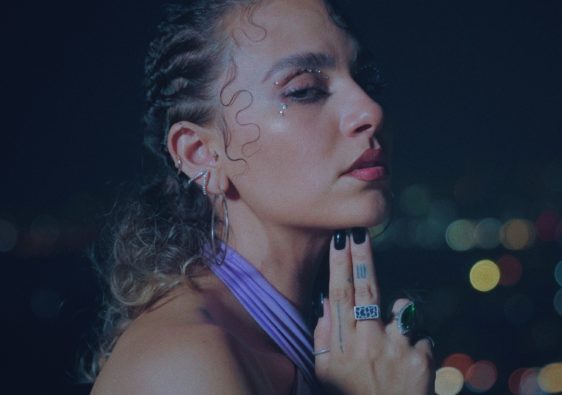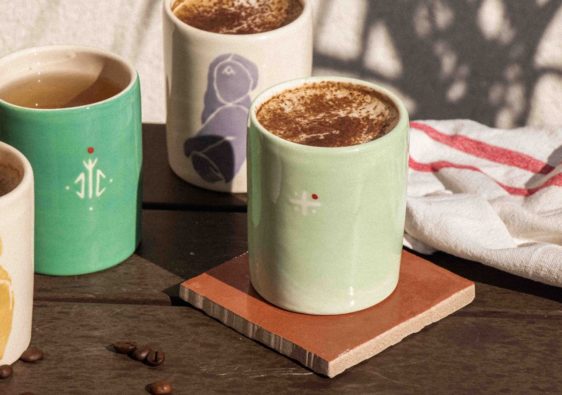In December 1969, the fashion magazine Vogue publishes a wonderful series of photographs taken by Henry Clarke, the famous American fashion photographer. In this series, he photographs fashion under the Iranian sun, in majestic settings full of history.
The models and actresses Marisa Berenson, Lauren Hutton and Cynthia Korman are the big stars posing in ancient royal palaces, Safavid mosques and other archaeological treasures chosen by the photographer.
Back to these bewitching shots, exposing a symphony of colours within the jewels of Persian architecture.
HENRY CLARKE : FROM FASHION STUDIO TO EXOTIC LANDS
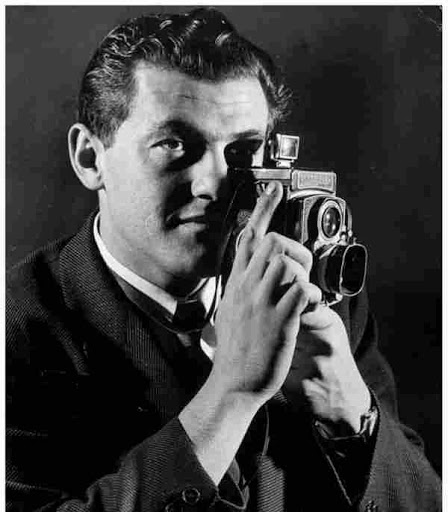
Portrait of Henry Clarke 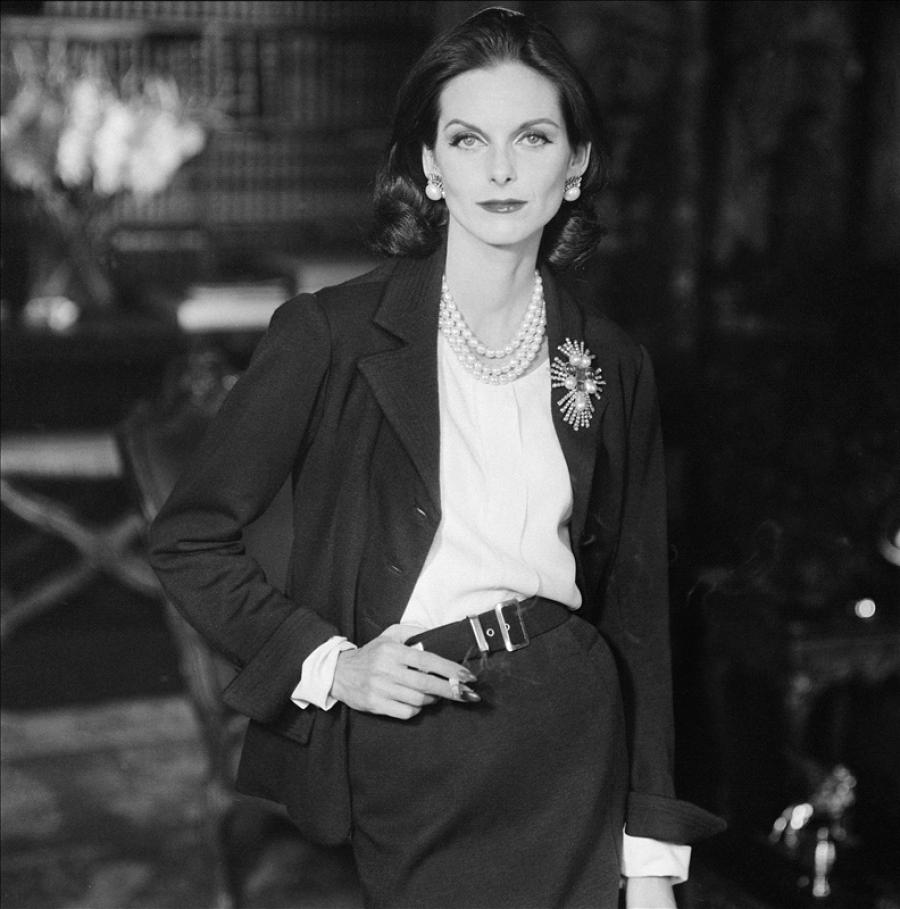
The model Dorian Leigh by Henry Clarke, 1955
Working for various editions of Vogue and main photographer for Vogue France in the late 1950s, Henry Clarke (1918 – 1996) embodies a classic style, tinged with elegance and refinement. It is generally in the studio or in very parisian, classical architectural settings, such as the Opéra Garnier or the Crillon Hotel, that he takes photos for great couturiers such as Chanel or Dior.
Starting in the 1960s, he collaborates for several years with the daring editor-in-chief of American Vogue, Diana Vreeland. This great icon of the fashion press, whose famous slogan remained « Astonish me« , commissions Henry Clarke to produce series all over the world. These series are spread over more than twenty pages and printed in colour, which is considered special treatment.
Air transport is booming at that time, making the world more accessible. Henry Clarke chooses destinations according to « his desires, the architectural riches that serve as a backdrop, but also commercial constraints ».
The development of tourism and aviation in those years made it possible to organize these trips with the help of local tourist offices and hotels which, in return for a mention in the magazine, provided free accommodation for the team. Clarke always left with two models, a hairdresser and an editor.
SYLVIE LECALLIER, in charge of the photographic collection at the Palais Galliera in Paris, and curator of the exhibition « Outside Fashion »
In order to spice up the title and boost the Vogue sales, the photographer chooses to go to Iran in december 1969, an exotic destination highly prized by Westerners before the Islamic Revolution of 1979. At that time, the country is still living under the reign of the Shah, who advocates openness to the world and modernism.
POETIC & HISTORICAL JOURNEY IN THE HEART OF A COLOURFUL IRAN
The sunny atmosphere, the desert, the colourful domes of the mosques and the flamboyant palaces in which the models from the series of photographs « Persian Blue Gardens of the Sun » pose are truly reminiscent of the Arabian Nights, the famous Arab-Persian folk tale published in the 9th century.
However, these clichés, which seem disconnected from reality, borrowed from poetry but also from fantasy, and display models who are delighted to shake up the history of monuments using unusual outfits and poses.
We were always trying to push the boundaries, it was such an inventive time…
DIANA VREELAND, editor-in-chief of American Vogue in the 1960s and former director of Harper’s Bazaar
● TEHRAN & GOLESTAN PALACE ●
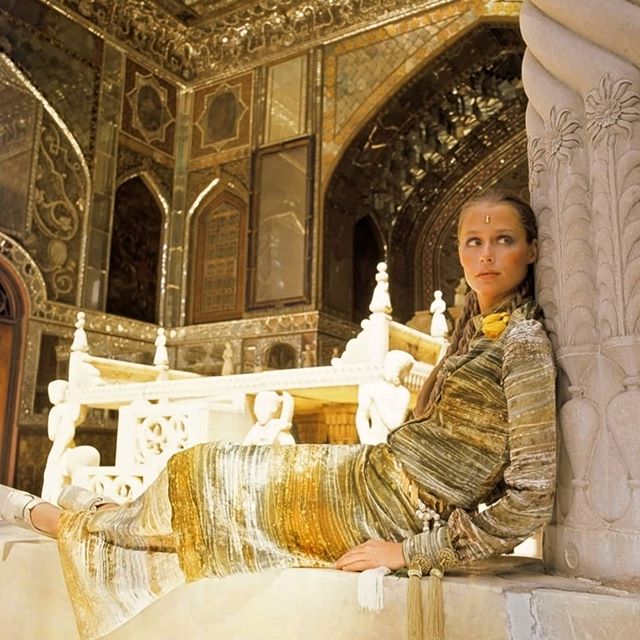
Lauren Hutton in the marble throne room, Golestan Palace,1969 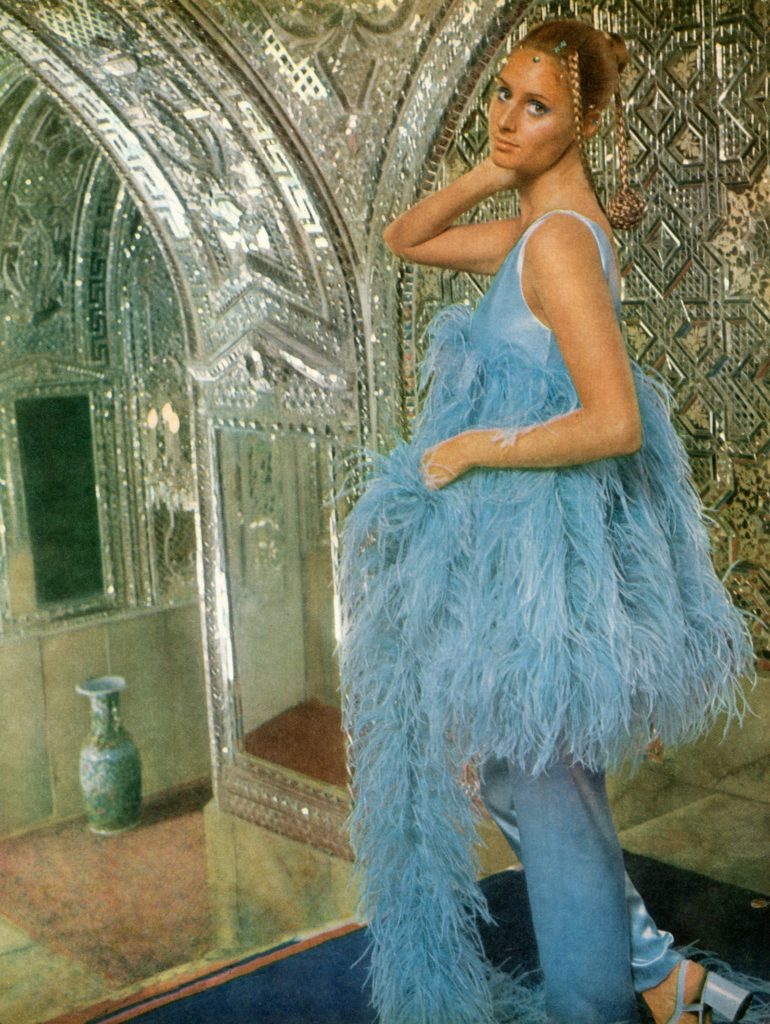
Cynthia Korman, Golestan Palace, 1969
It is first in Tehran, at the Golestan Palace, that the photographer immortalizes his first pictures. This « Palace of the Flower Garden », the former royal palace of the Qadjar dynasty (1786 – 1925), houses the marble throne room, in which the first Pahlavi sovereign is later crowned in 1925.
It is in this room that we see Lauren Hutton leaning against one of the marble walls, or Cynthia Korman standing in a room lined with mirrors. The silky feathers of one and the shiny transparent emerald colour of the other blend perfectly into this glittering and sumptuous sitting.
● THE BLUE OF ESFAHAN ●

Cynthia Korman, Esfahan, 1969 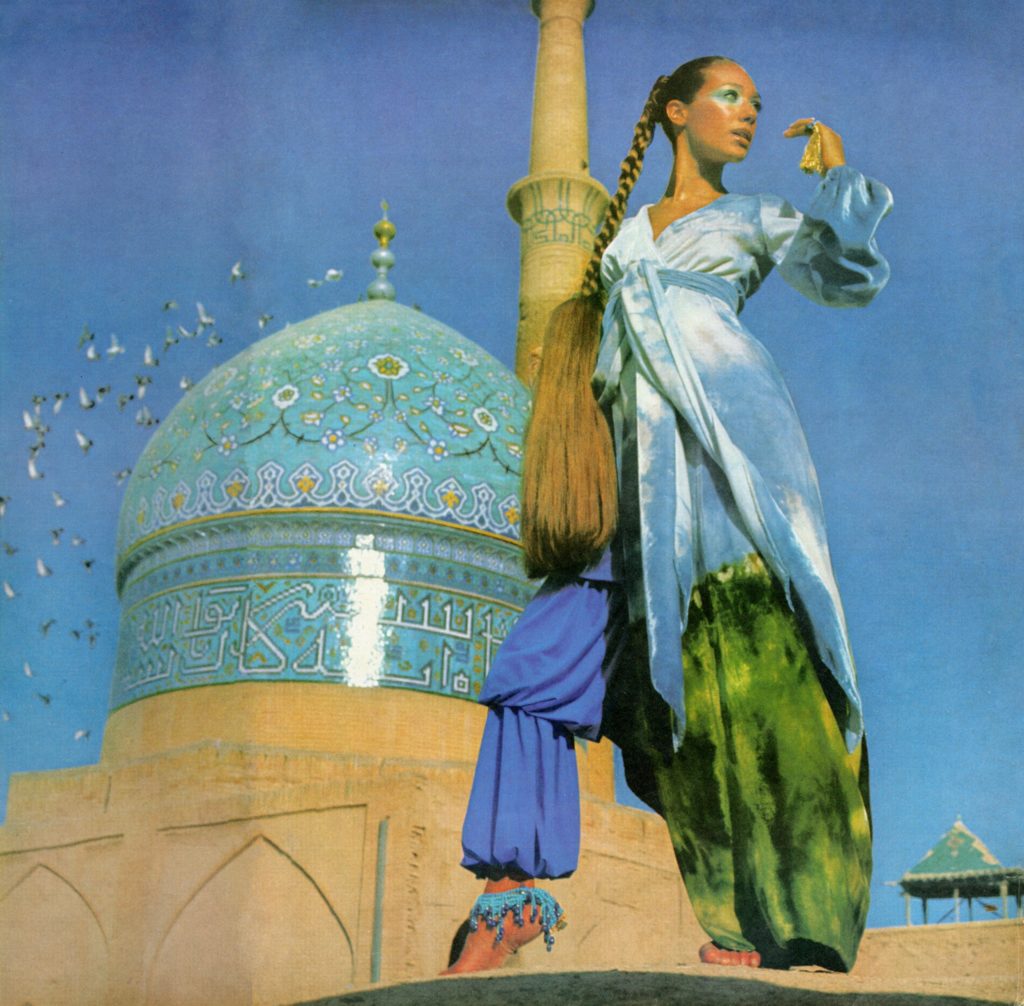
Marisa Berenson, Esfahan, 1969
The following photos lead us to Esfahan, the former capital of the Persian Empire under the Safavid dynasty (16th – 18th centuries). True showcase of Islamic architecture and art, Esfahan is still considered today as one of the jewels of the Middle East.
Also known as the blue pearl because it is the predominant colour of the city, the photographs show standing or lying models posing near the azure dome of the Lotfollah Mosque. Both models are dressed in blue dresses and tunics that blend with the colour of the sky, and their distant gazes symbolize escape.
● THE ROSES OF SHIRAZ ●

Then, it is in Shiraz that we discover the models, smiles on their lips in front of the famous flowery and colourful mural painting of the Qavam House (1879 – 1886).
Poetry is one of the pillars of Persian culture, and Shiraz has played a major role in this. City of the great poets Saadi (13th century) and Hafez (14th century), but also of wine – the city claims to have invented it 7000 years ago -, Shiraz enjoys a preponderant cultural and artistic status. Its many flowered gardens, palm trees and ponds make it a high place of refinement and joie de vivre, as Henry Clarke’s clichés show ; the presence of roses and fruit reflects the taste of life that emanates from the city.
● THE STONES OF PERSEPOLIS ●
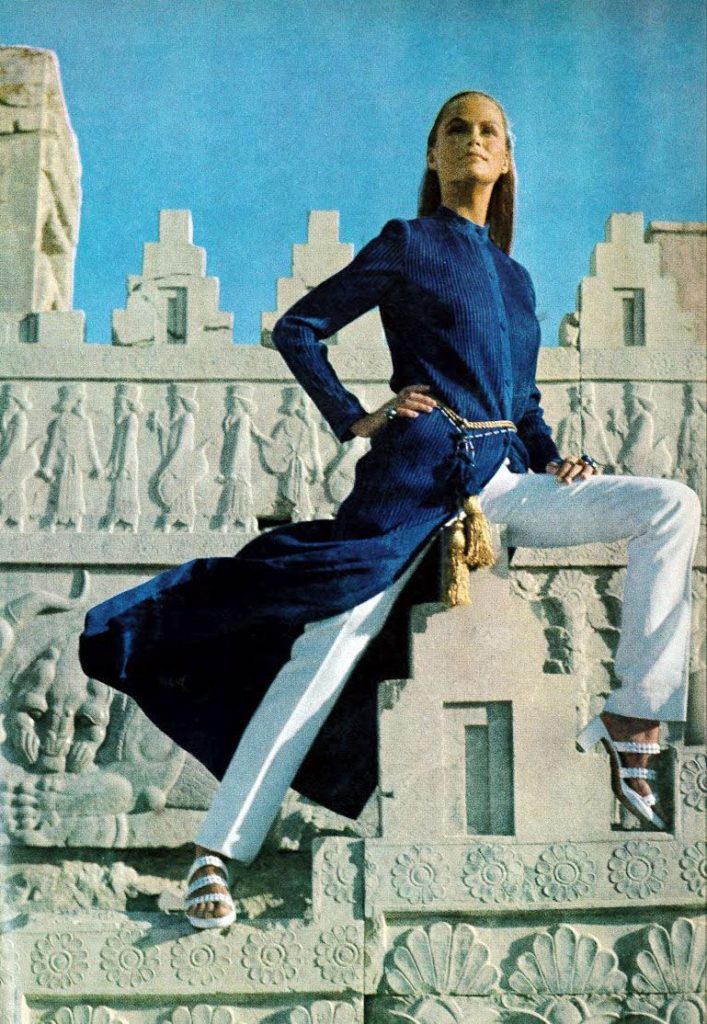
The Apadana staircase 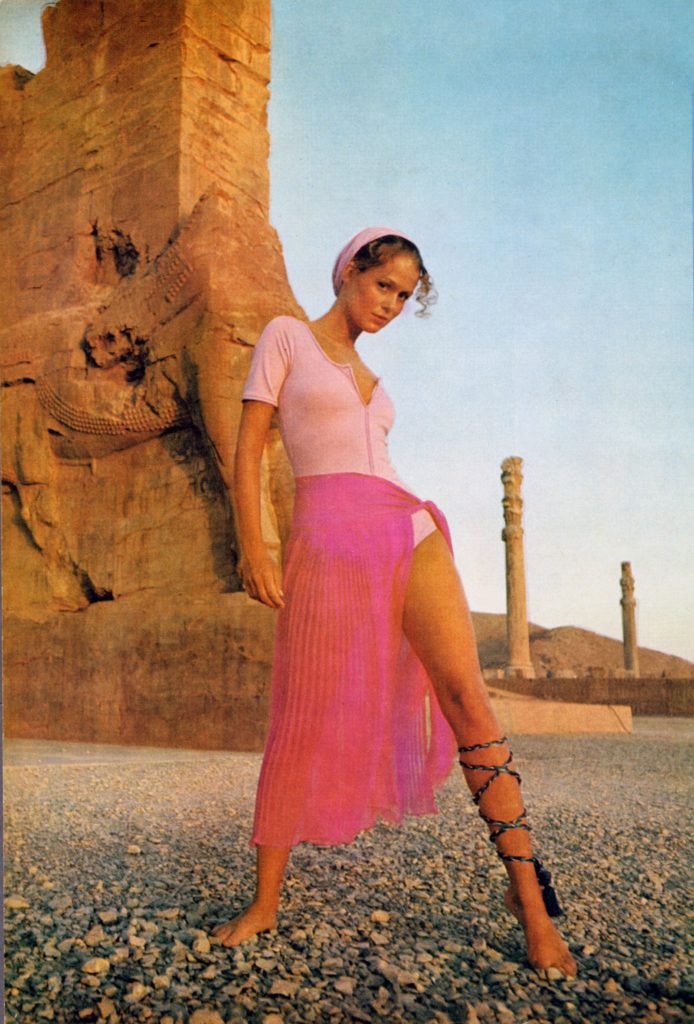
The Gate of All Nations 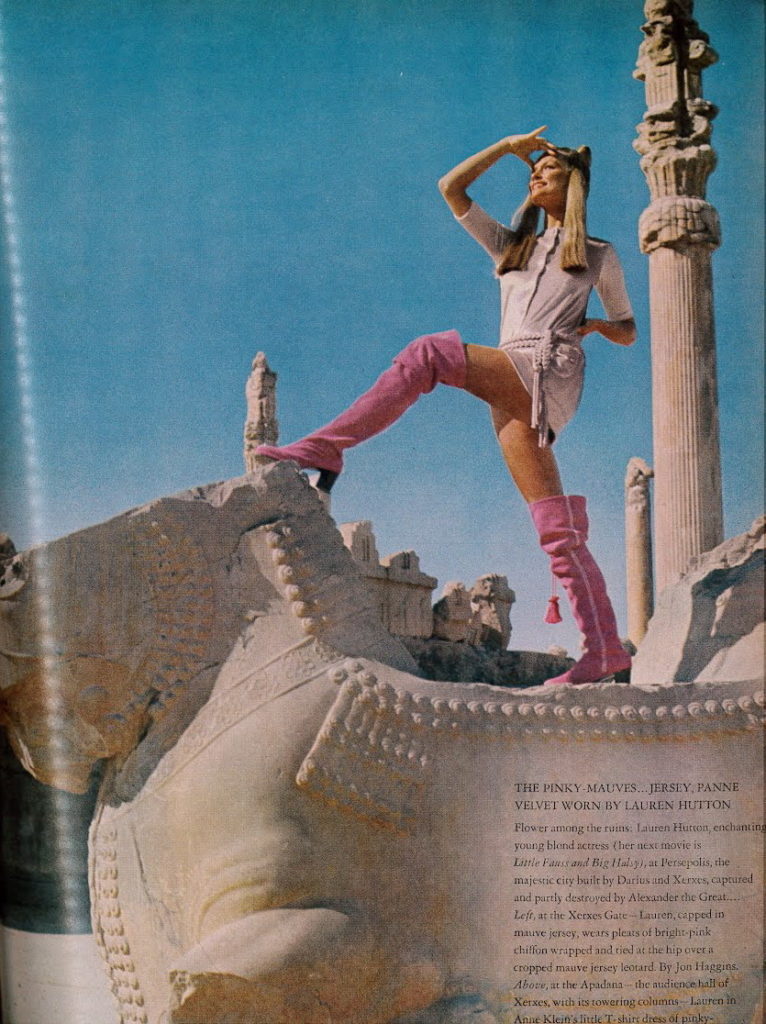
The Hundred Columns Hall
The photographic journey ends at the foot of the ancient capital of the Achaemenid Persian Empire (550 – 330 BC), Persepolis.
Like adventurers, the models pose triumphantly, standing proudly in front of the monumental Apadana staircase, the hall of the Hundred Columns, or on what remains of one of the two colossal bulls of The Gate of all Nations, which make the glory and fame of this UNESCO World Heritage site. The freshness and dynamism of the models that pose in an astonishing way give a second breath to these immense immortal stones.
A DREAMY ORIENT…
Thus ends this fashionable photographic escape through Iran. This series, both hypnotic and unreal, which breathes a unique vision of faraway lands, takes us on a journey of discovery of the many jewels of Persian architecture.
But through these sunny and fanciful settings, which should above all make the readers dream, the photographer also contributes to create, or at least to perpetuate, the image of the East in the collective imagination of Westerners, halfway between dream and reality.
To go further
A glimpse of Jordan, Turkey and Syria in the eye of the photographer Henry Clarke







